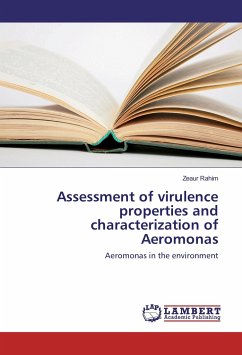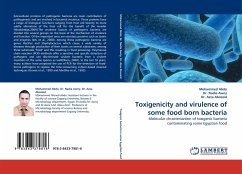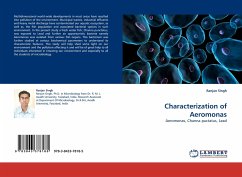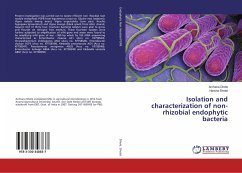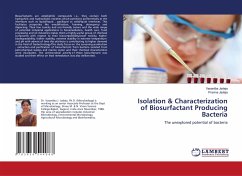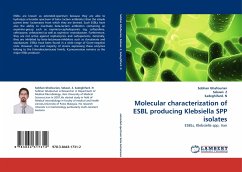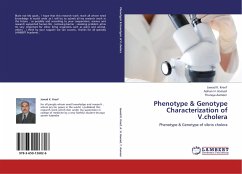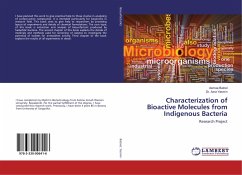Aeromonas spp. were isolated from duckweed (DW), water and gills and intestinal contents of fish sampled from waste water and non-waste water areas of a fish farm. Percentage distribution of different species were: A. sobria (56.6%), A. hydrophila (28.0%) and A. caviae (15.8%). The density of Aeromonas spp. in gills significantly correlated (P0.001) with that of intestinal contents of fish in both the areas. The density of Aeromonas in gills and intestinal contents of fish also correlated with pH (P0.001) and conductivity (P0.001)only in the non waste water area and with temperature in both waste water (P0.001) and non-waste water areas (P0.001). Aeromonas density in water correlated with conductivity (P0.01) only in waste water area. This study concluded that DW cultivated for waste water treatment can safely be used as fish-feed. Cytotoxic enterotoxin (act) gene was detected in 32 out of 69 isolates of Aeromonas. Gene positive Aeromonas differed from gene negative ones with respect to cytotoxocity in suckling mice assay (P=0.009) and hemolytic activity. Pilus was detected in 13 of 32 act gene positive strains.
Bitte wählen Sie Ihr Anliegen aus.
Rechnungen
Retourenschein anfordern
Bestellstatus
Storno

